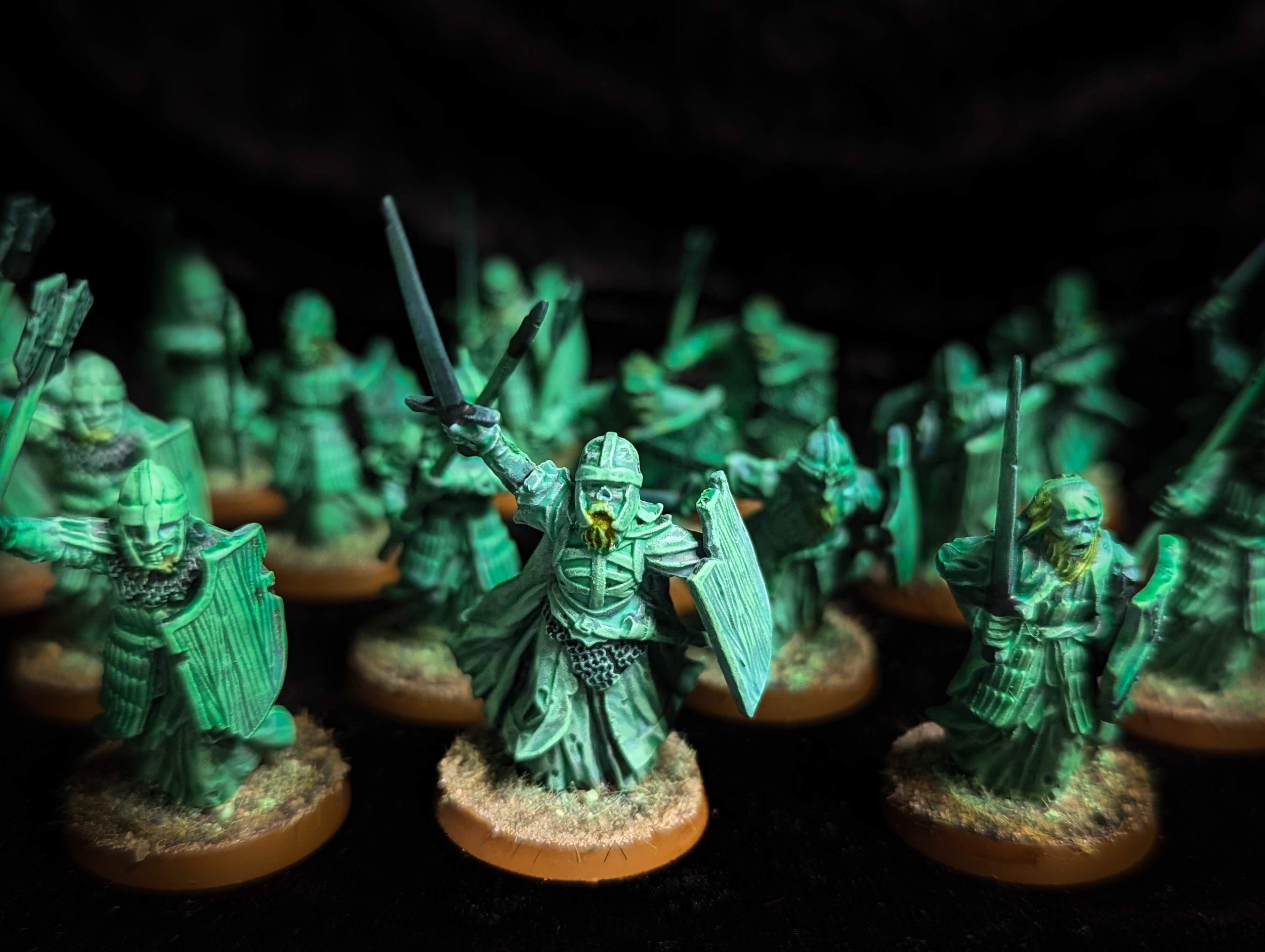So guess what I was up to last night - yes that's right, installing Gentoo.
This was my first time installing Gentoo on 64-bit architecture - the important specs are below:
Intel Core i7 2600k Processor (Sandy Bridge - important later)
8 GB DDR3 RAM
Asus P8Z68-V PRO/GEN3 Motherboard
250 GB HDD (well 250 GB partition out of the 4 TB in my machine)
Nvidia GeForce GTS 450 GPU
Blu-Ray recorder drive
Also worth noting that this is a dual boot with Windows 7.
[WARNING - If you're not interested in Linux or computer geekery I expect you will find the rest of this post boring]
I followed the Gentoo documentation found here: http://www.gentoo.org/doc/en/handbook/ I will be noting any differences between that guide and my install here.
Choosing the Right Installation Medium
I downloaded the LiveCD and used that as my initial Linux environment for installing from.
Configuring your Network
All done through DHCP.
Preparing the Disks
I used the standard layout of boot, swap and root partitions but on /dev/sdb2 to /dev/sdb4 because of my dual booting. I set my swap partition to 20 GB following advice I found online. Then annoyingly the LiveCD made me reboot in order to write the changes. The I used the standard filesystems.
Installing the Gentoo Installation Files
The -march option in CFLAGS needs to be native or corei7-avx because of the Sandy Bridge architecture. I used MAKEOPTS="-j5" as it's a quad core processor.
Installing the Gentoo Base System
I selected the default amd64 profile. I set up my USE flags with KDE in mind so -gnome and -gtk were used. I also added the bluray flag.
Configuring the Kernel
I mostly followed the guide but later I had to come back and recompile without some Nvidia options: http://www.gentoo.org/doc/en/nvidia-guide.xml#doc_chap3
Configuring your System
I always set my hostname to be the name of a famous fictional computer - this time I went for Ozymandias (http://en.wikipedia.org/wiki/List_of_fictional_computers#1990s)
I set my locale to be en_GB.UTF-8.
Installing Necessary System Tools
I chose to get syslog-ng, vixie-cron, mlocate, dhcpcd and ppp.
Configuring the Bootloader
I used GRUB and followed the standard set-up except for a timeout of 10 seconds and replacing Windows XP with Windows 7. I also had to ensure to make the boot device hd1,1 and root=/dev/sdb4.
Finalizing your Gentoo Installation
I made my user with nearly all the groups (N.B. games doesn't work - is it depreciated?)
Where to go from here?
By the time I left for work this morning I had also emerged X-org and KDE 4.8.3 and had managed to get startx to not crash while going to a black screen. I'm going to have to work on my xorg.conf this evening and hopefully I'll get a working one running. This will be useful as Googling doesn't currently give a working one for my 42" TV and graphics card via HDMI. I hope people might find that useful :)
Tom out!
P.S. http://www.gentoo.org/








